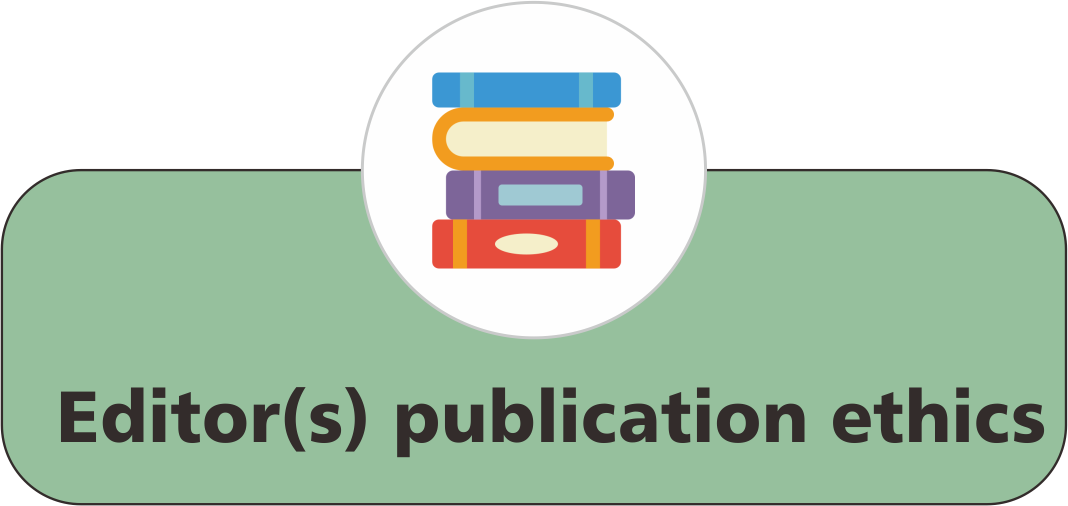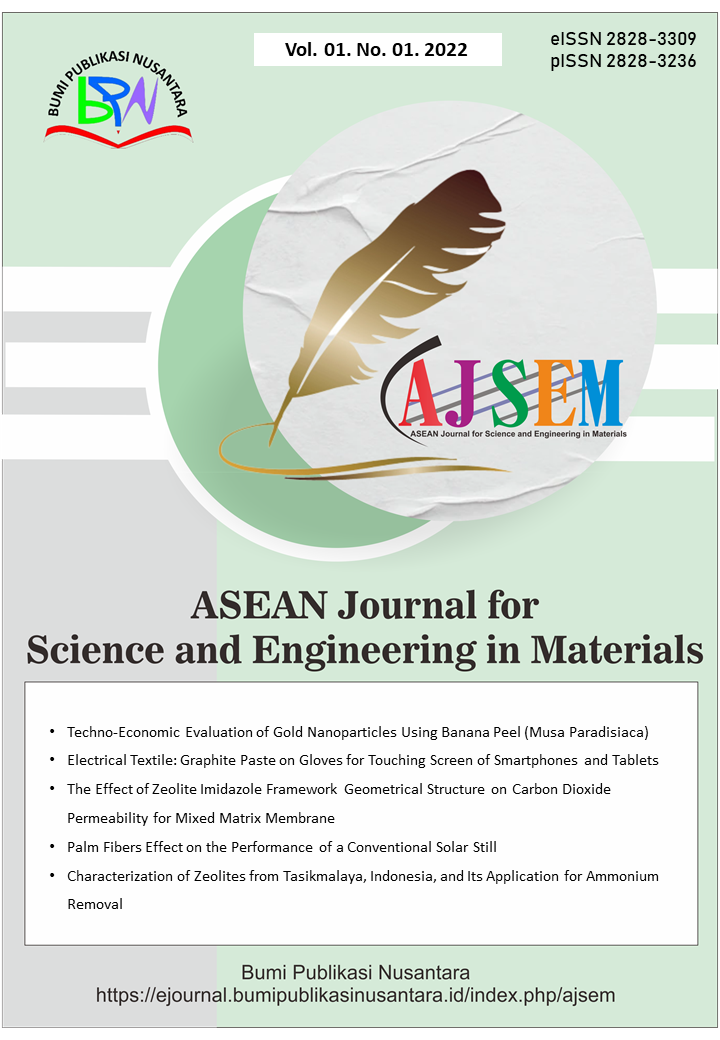How to Design and Fabricate a Sugarcane Bud Chipping Machine with a Foot Pedal
 ), Samuel A. Olabisi(2),
), Samuel A. Olabisi(2),
(1) William V. S. Tubman University
(2) William V. S. Tubman University
 Corresponding Author
Corresponding Author
Abstract
Keywords
References
Ahsan, M. (2023a). Nutrition and dietetics concerning diabetes mellitus: Type 2 diabetes mellitus. ASEAN Journal of Agricultural and Food Engineering, 2(1), 39-44.
Ahsan, M. (2023b). Nutrition and dietetics concerning diabetes mellitus: Gestational diabetes mellitus. ASEAN Journal of Agricultural and Food Engineering, 2(2), 45-52.
Ali, M. A., Kamraju, M., and Sonaji, D. B. (2023). Unraveling the factors behind the soaring tomato prices: A comprehensive analysis. ASEAN Journal of Agricultural and Food Engineering, 2(2), 85-104.
Awalussillmi, I., Febriyana, K. R., Padilah, N., and Saadah, N. A. (2023). Efforts to improve sustainable development goals (SDGs) through education on diversification of food using infographic: Animal and vegetable protein. ASEAN Journal of Agricultural and Food Engineering, 2(2), 113-120.
Bordonal, R. D. O., Carvalho, J. L. N., Lal, R., De Figueiredo, E. B., De Oliveira, B. G., and La Scala, N. (2018). Sustainability of sugarcane production in Brazil. A review. Agronomy for Sustainable Development, 38, 1-23.
Dewi, N.S. (2023). Effect of antioxidant compounds on nitrites as inhibitors of N-Nitrosamine formation: A short review. ASEAN Journal of Agricultural and Food Engineering, 2(2), 53-60.
Effiong, J.B., and Aya, C.F. (2022). Rural-urban migration among women farmers: Science education, survey, and implication for food crop production in Cross River State, Nigeria. Indonesian Journal of Teaching in Science, 2(1), 75-80.
Fagbemi, O. M. (2023). Gender differentials in the agricultural specialization in higher education. ASEAN Journal of Agricultural and Food Engineering, 2(1), 9-12.
Hidayat, A., Kurniawan, W., and Hinode, H. (2021). Sugarcane bagasse biochar as a solid catalyst: From literature review of heterogeneous catalysts for esterifications to the experiments for biodiesel synthesis from palm oil industry waste residue. Indonesian Journal of Science and Technology, 6(2), 337-352.
Jamilatun, S., Aziz, M., and Pitoyo, J. (2023). Multi-distributed activation energy model for pyrolysis of sugarcane bagasse: Modelling strategy and thermodynamic characterization. Indonesian Journal of Science and Technology, 8(3), 413-428.
Kusuma, R.A., Sauma, S., Pradiva, F.T., Damayanti, W., and Lushinta, I.P. (2023). Knowledge of students on about the impact of ice cream consumption on blood sugar. ASEAN Journal of Agricultural and Food Engineering, 2(2), 71-76.
Lao, G.M., Dasmariñas, H.A.Q., Nangcas, J.M.M., Luna, M.M., Perocho, S.N.S., Valdez, A., and Fegarido, J.E. (2022). Citronella (Cymbopogon Nardus) and peppermint (Mentha x Piperita) oil extracts as ant-repelling spray. ASEAN Journal of Agricultural and Food Engineering, 2(1), 33-38.
Leff, B., Ramankutty, N., and Foley, J. A. (2004). Geographic distribution of major crops across the world. Global Biogeochemical Cycles, 18(1), GB1009.
Li, Y. R., and Yang, L. T. (2015). Sugarcane agriculture and sugar industry in China. Sugar Tech, 17(1), 1-8.
Lolos, A. M., Maglasang, A. P., Segur, E. M. L., Falsario, M. N. J. S., Lacorda, N. S., and Abusama, H. S. (2022). Anti-inflammatory activity of kalanchoe pinnata (B.Pinnatum) stem extract on acetic acid-induced inflammation in mice (M.Musculus). ASEAN Journal of Agricultural and Food Engineering, 2(1), 13-18.
Makinde, S. O., Olorunnisola, S. K., and Adeyemi, S. A. (2023). Influence of ICT availability, accessibility, and utilization on agriculture students’ academic performance in universities. ASEAN Journal of Agricultural and Food Engineering, 2(2), 61-70.
Muhmmed, M. I., Abdul-Razaq, A. S., Mahdi, S. M. (2023). The association between the digestive system and liver injury in covid-19 patients. ASEAN Journal of Agricultural and Food Engineering, 2(1), 1-8.
Najimovich, B. B. (2023). Analysis of the effectiveness of the formation and distribution of financial results of business entities engaged in poultry farming. ASEAN Journal of Agricultural and Food Engineering, 2(2), 77-84.
Nurnabila, A. T., Basnur, J., Rismayani, R., Ramadhani, S., and Zulhilmi, Z. (2023). Analysis of the application of mediterranean diet patterns on sustainability to support the achievement of sustainable development goals (SDGs): Zero hunger, good health and well beings, responsible consumption, and production. ASEAN Journal of Agricultural and Food Engineering, 2(2), 105-112.
Patle, S. K., Parasar, C., and Chavan R. (2023). Study of flood variation of Wainganga River basin and Dhuti dam with impact on crops at Balaghat Station (India). ASEAN Journal of Science and Engineering, 3(2), 199-206.
Peñaflor, L. L., Duldulao, S. L., Villamayor, D. J. F., Dañozo, J. J. L., and Malaco, A. C. (2022). Development and evaluation of chicken feedstuff using banana (Musa Acuminata X Balbisiana) peel. ASEAN Journal of Agricultural and Food Engineering, 2(1), 19-24.
Salsabila, Q., Adnin, J., Rochania, T. K. F., and Hibatulloh, A. Y. (2023). Influence of grower agent on growth of bayam (Amaranthus sp.) plants with nutrient film technique in hydroponic system. ASEAN Journal of Agricultural and Food Engineering, 2(2), 121-128.
Satria, R. D., and Nandiyanto, A. B. D. (2022). Education of dietary habit and drinking water quality to increase body immunity for elementary school. ASEAN Journal of Agricultural and Food Engineering, 2(1), 25-32.
Article Metrics
Abstract View : 665 times
: 665 times Download : 362 times
Download : 362 times
Refbacks
- There are currently no refbacks.
Copyright (c) 2024 Bumi Publikasi Nusantara

This work is licensed under a Creative Commons Attribution-ShareAlike 4.0 International License.









